Running a food business, whether it’s a restaurant, café, or commercial kitchen, involves more than just serving delicious meals. One important but often overlooked aspect is managing grease and fat from cooking. Grease that goes down the drain can cause serious problems if not handled correctly. This is where a grease trap comes in. In this blog, we’ll break down what a grease trap services is essential for your business.
What Is a Grease Trap?
A grease trap is a plumbing device designed to capture fats, oils, and grease (FOG) from wastewater before it enters the main sewer system. These substances, if not intercepted, can solidify in the pipes and cause blockages, unpleasant odors, and even costly damage.

Grease traps come in various sizes and can be installed inside or outside a building. The main goal is to keep grease from flowing into the plumbing system, ensuring that your kitchen operates smoothly without plumbing issues.
How Does a Grease Trap Work?
The grease trap functions by slowing down the flow of water from your sinks, dishwashers, or other kitchen equipment. Here’s a simple step-by-step breakdown:
- Wastewater enters the grease trap: When water mixed with grease and food particles flows down the drain, it enters the grease trap.
- Separation process: Since grease and oil are lighter than water, they naturally rise to the top. Solid food particles sink to the bottom.
- Grease containment: The grease trap holds the grease and solid waste while allowing the clean water to exit into the sewer system.
- Regular cleaning: Over time, the grease trap fills up with grease and solids. It needs to be cleaned regularly to function properly.
By separating grease from wastewater, grease traps protect your plumbing and the environment.
Why Do You Need a Grease Trap for Your Business?
If you own or manage a commercial kitchen, you must comply with regulations and maintain a clean, safe environment. Below are several reasons why grease traps are essential for your business:
1. Prevents Drain Blockages
Grease and fats can solidify inside pipes, causing clogs that slow down or completely block water flow. This can lead to:
- Overflowing sinks
- Foul odors
- Expensive plumbing repairs
A grease trap catches these substances before they cause problems, ensuring smooth water drainage.
2. Protects the Sewer System
When grease from multiple businesses flows into the public sewer system, it can cause large blockages called “fatbergs.” These massive clogs can damage infrastructure and require costly repairs. Using grease traps helps reduce the strain on the public sewer system.
3. Compliance with Health and Environmental Regulations
Many local governments require businesses that produce a lot of grease to install and maintain grease traps. Failing to comply can result in fines, penalties, or even business closures.
By having a properly functioning grease trap and maintaining it regularly, you demonstrate that your business is committed to following health and environmental regulations.
4. Prevents Bad Odors
When grease accumulates in your plumbing system, it can start to rot and produce foul odors that waft through your kitchen and dining area. This can turn off customers and create an unpleasant working environment for your staff.
A clean and well-maintained grease trap helps eliminate these smells, keeping your kitchen fresh and inviting.
5. Cost Savings on Repairs
Plumbing repairs can be expensive, especially if you need to fix major blockages or damage caused by grease buildup. Regular maintenance of your grease trap can save you money by preventing costly repairs and downtime.
6. Protects the Environment
Grease that enters the sewer system can contaminate water sources and harm wildlife. By using a grease trap, your business helps reduce pollution and contributes to a healthier environment.
Types of Grease Traps
Grease traps come in different types and sizes to suit various business needs. Here are the most common types:
1. Passive Grease Traps (Manual Grease Traps)
These are small, simple grease traps installed under sinks or near dishwashing stations. They require manual cleaning and are ideal for smaller kitchens with lower grease output.
2. Automatic Grease Removal Units (AGRU)
These advanced systems automatically separate and remove grease from wastewater. They require less maintenance than passive grease traps and are suitable for high-volume kitchens.
3. In-Ground Grease Interceptors
These are large grease traps installed outside the building, typically underground. They can handle large volumes of grease and are ideal for larger commercial operations.
How to Maintain Your Grease Trap
Proper maintenance is essential to keep your grease trap functioning efficiently. Here are some tips to ensure your grease trap remains in good condition:
1. Regular Cleaning
Clean your grease trap regularly to prevent clogs and odors. The frequency will depend on the size of the trap and the amount of grease your kitchen produces. Many businesses clean their grease traps every one to three months.
2. Hire a Professional Service
While you can clean small grease traps yourself, hiring a professional grease trap cleaning service is recommended for larger systems. They have the expertise and equipment to thoroughly clean the trap and dispose of the waste properly.
3. Avoid Pouring Grease Down the Drain
Train your kitchen staff to avoid pouring grease, oils, and fats directly down the drain. Instead, collect and dispose of grease in designated containers.
4. Monitor for Signs of Problems
Keep an eye out for signs that your grease trap may need maintenance, such as:
- Slow drainage
- Foul odors
- Grease overflowing from the trap
Addressing these issues promptly can prevent more significant problems.
How to Choose the Right Grease Trap for Your Business
Selecting the right grease trap depends on several factors, including your kitchen size, the type of food you prepare, and the volume of wastewater you produce. Here are some tips to help you choose the best grease trap:
1. Assess Your Grease Output
Estimate the amount of grease your kitchen produces daily. High-volume kitchens will require larger or more advanced grease traps.
2. Consider Space Availability
Determine where you can install the grease trap. Under-sink models are suitable for limited spaces, while in-ground interceptors are ideal for larger properties.
3. Check Local Regulations
Ensure that the grease trap you choose complies with local health and environmental regulations. Some areas have specific requirements for grease trap size and maintenance.
4. Seek Professional Advice
Consult with a plumbing or grease trap specialist to assess your needs and recommend the best solution for your business.
Final Thoughts
A grease trap is an essential investment for any business that handles food. It helps prevent plumbing problems, protects the environment, and ensures compliance with regulations. By choosing the right grease trap and maintaining it properly, you can keep your kitchen running smoothly and avoid costly repairs.
If you’re unsure about which grease trap to choose or need professional maintenance services, reach out to a trusted grease trap service provider. They can help you find the right solution and keep your business compliant and efficient.
For more insightful articles related to this topic, feel free to visit techners.net

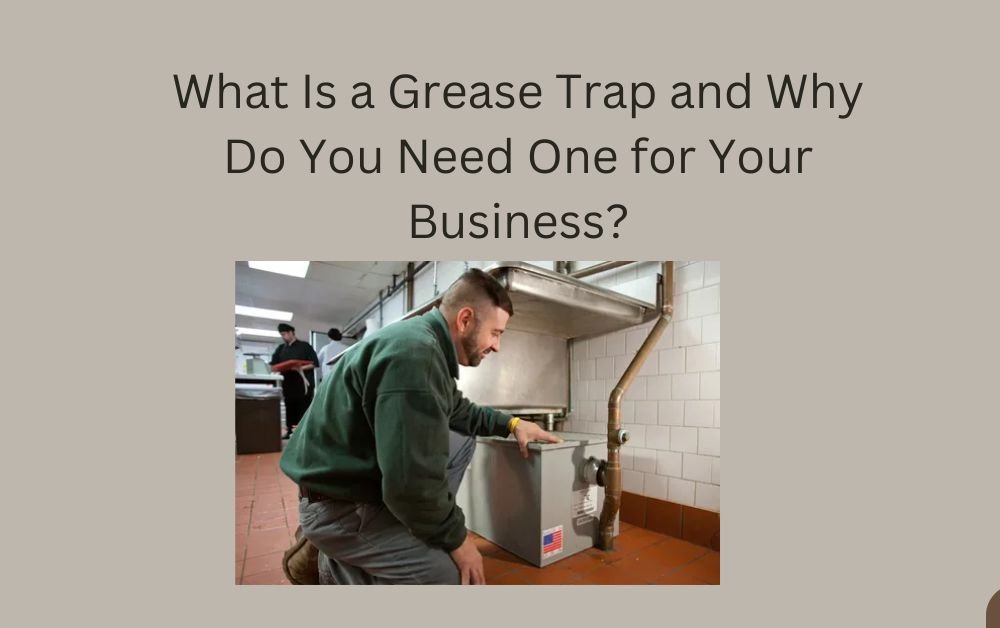
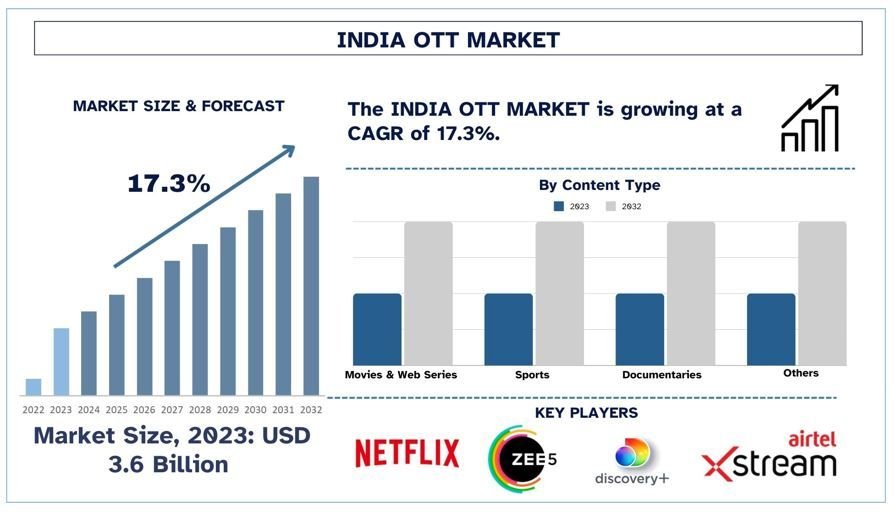

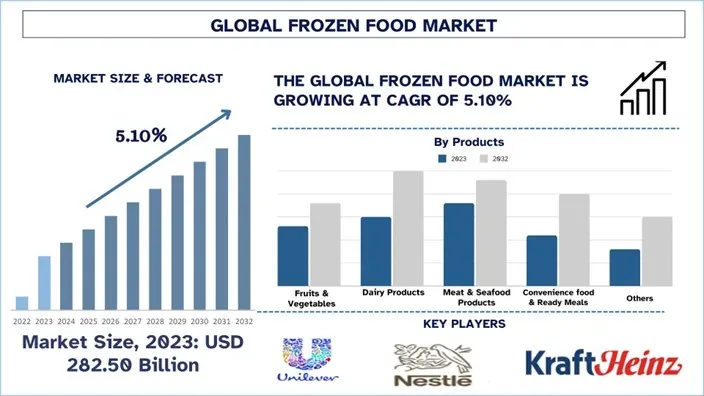
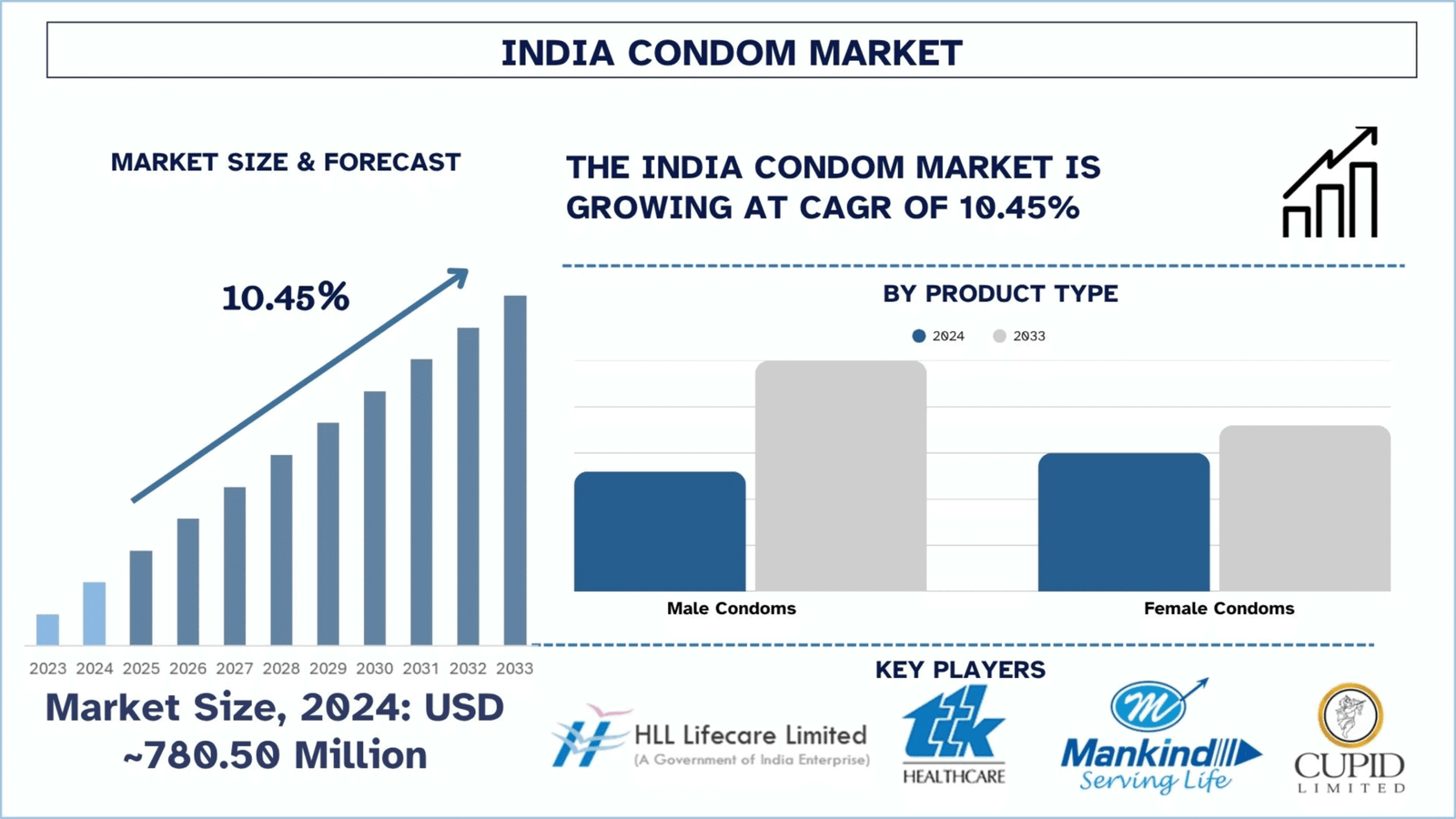
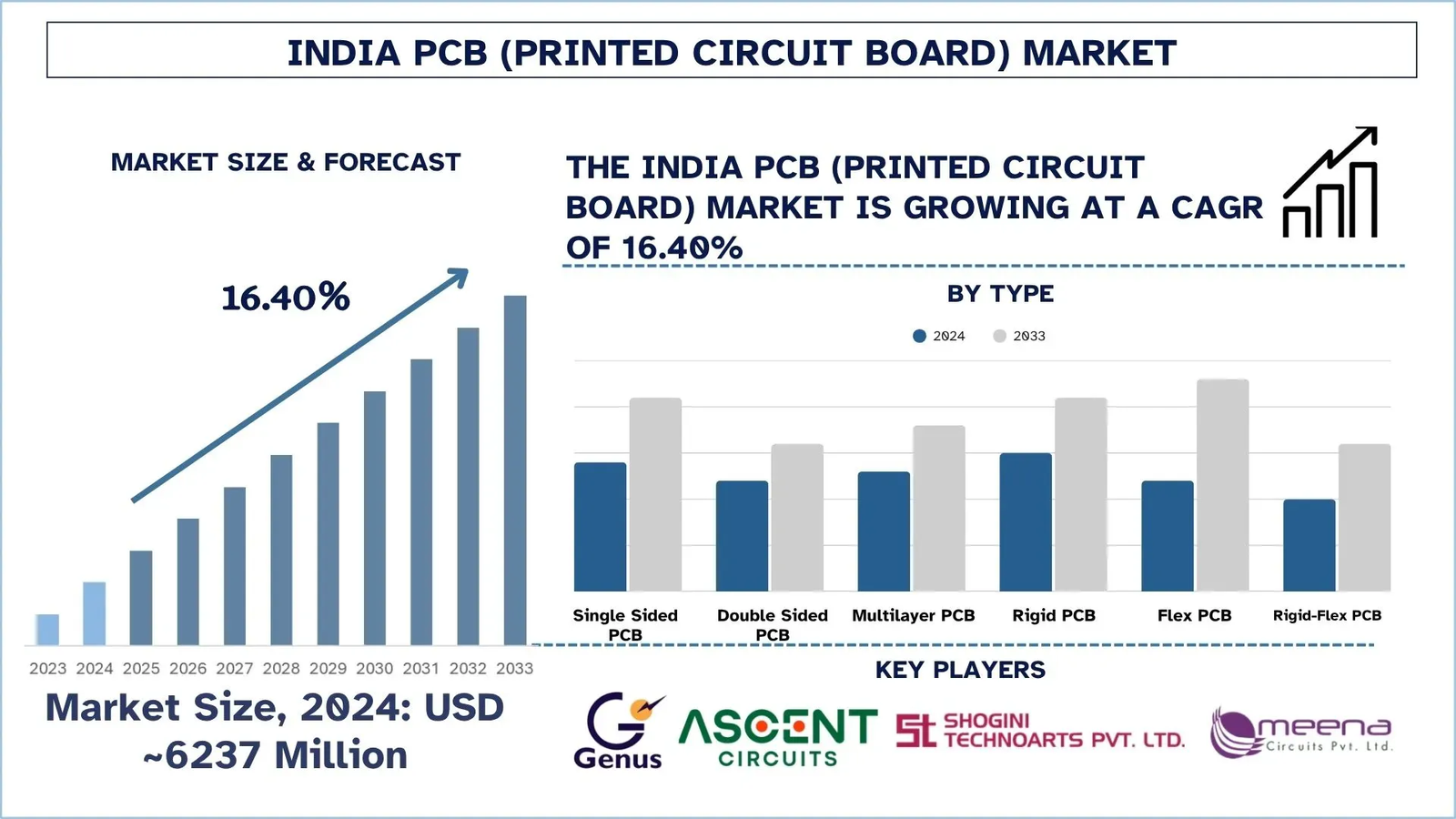
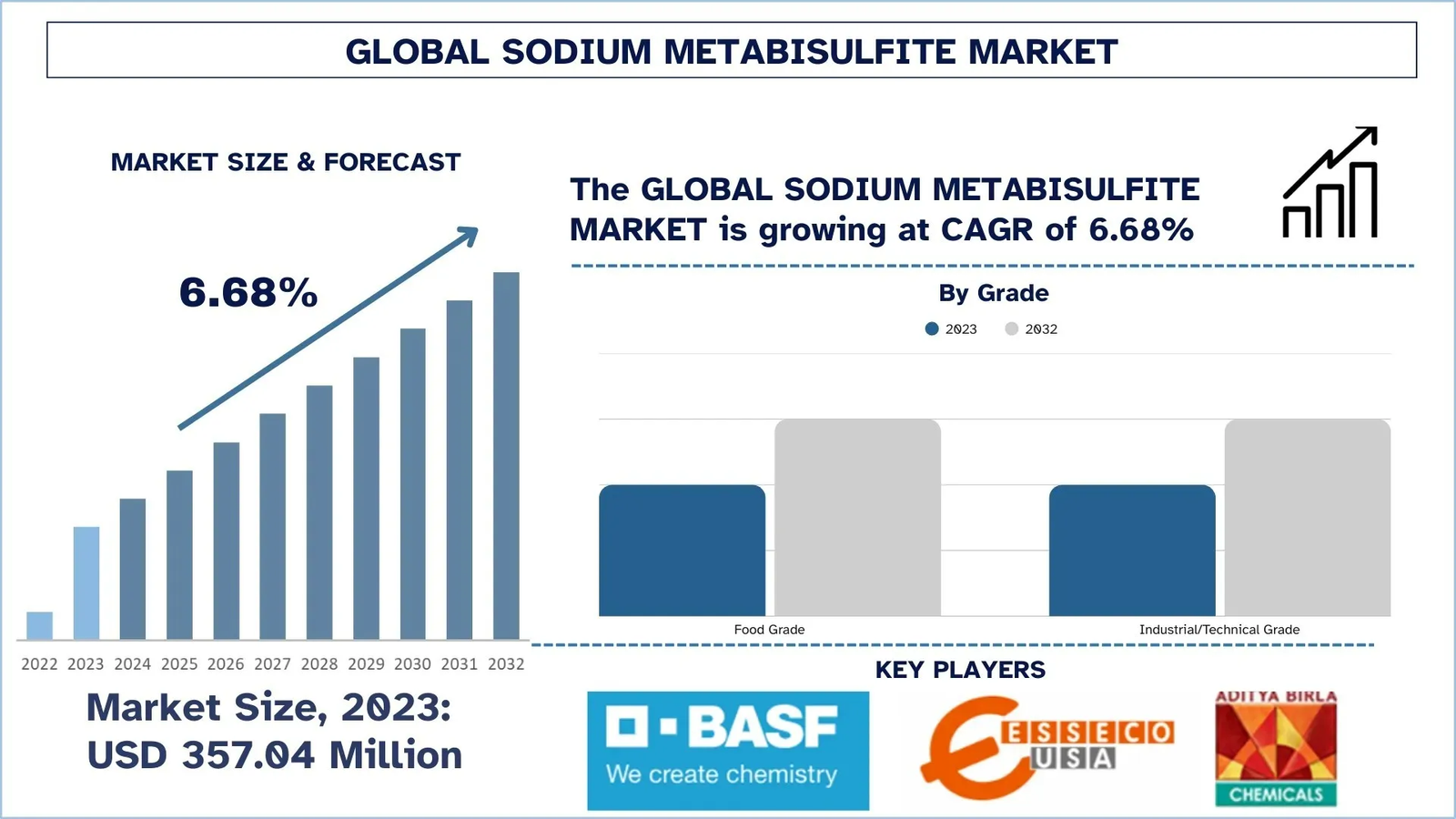
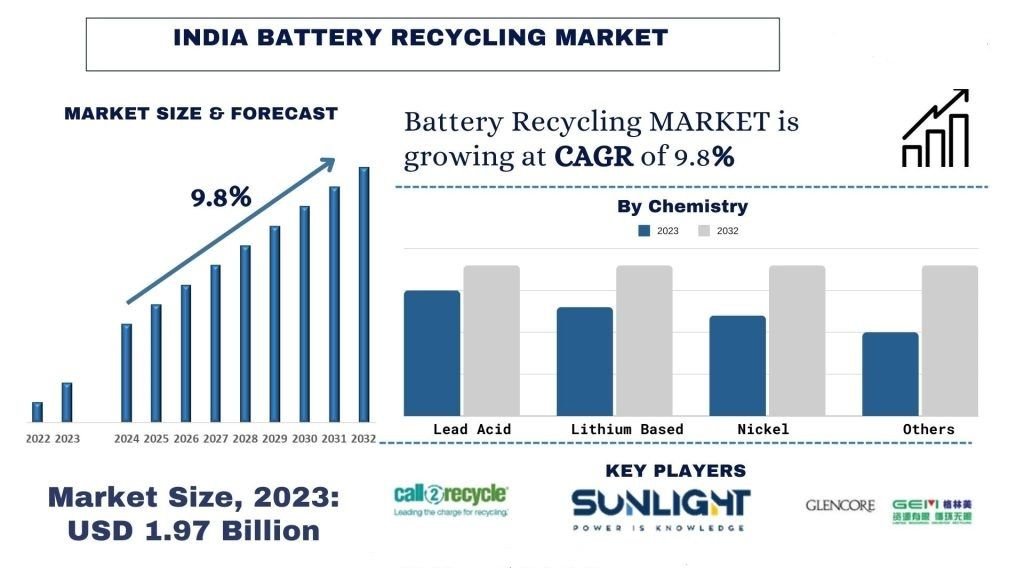
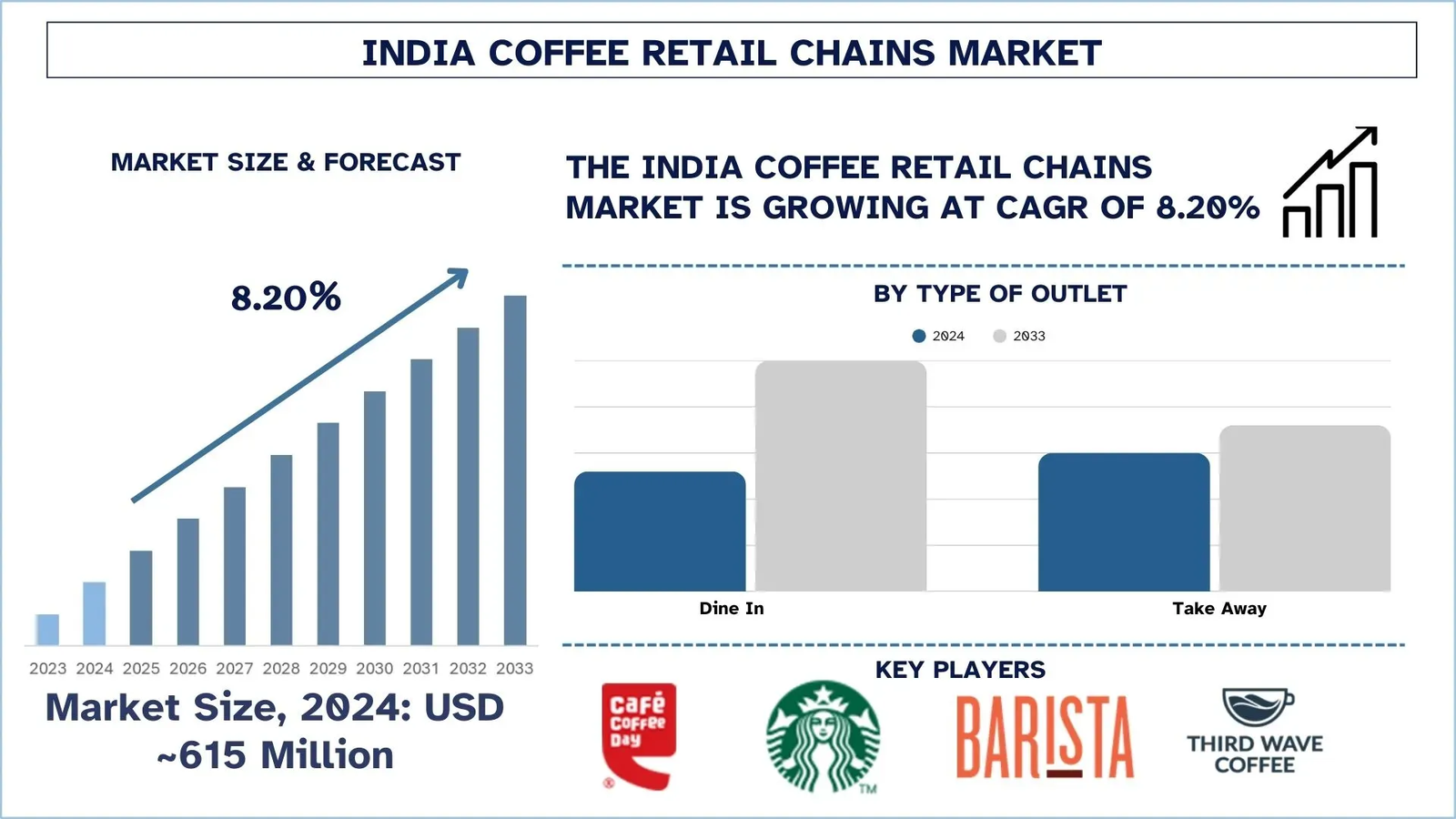
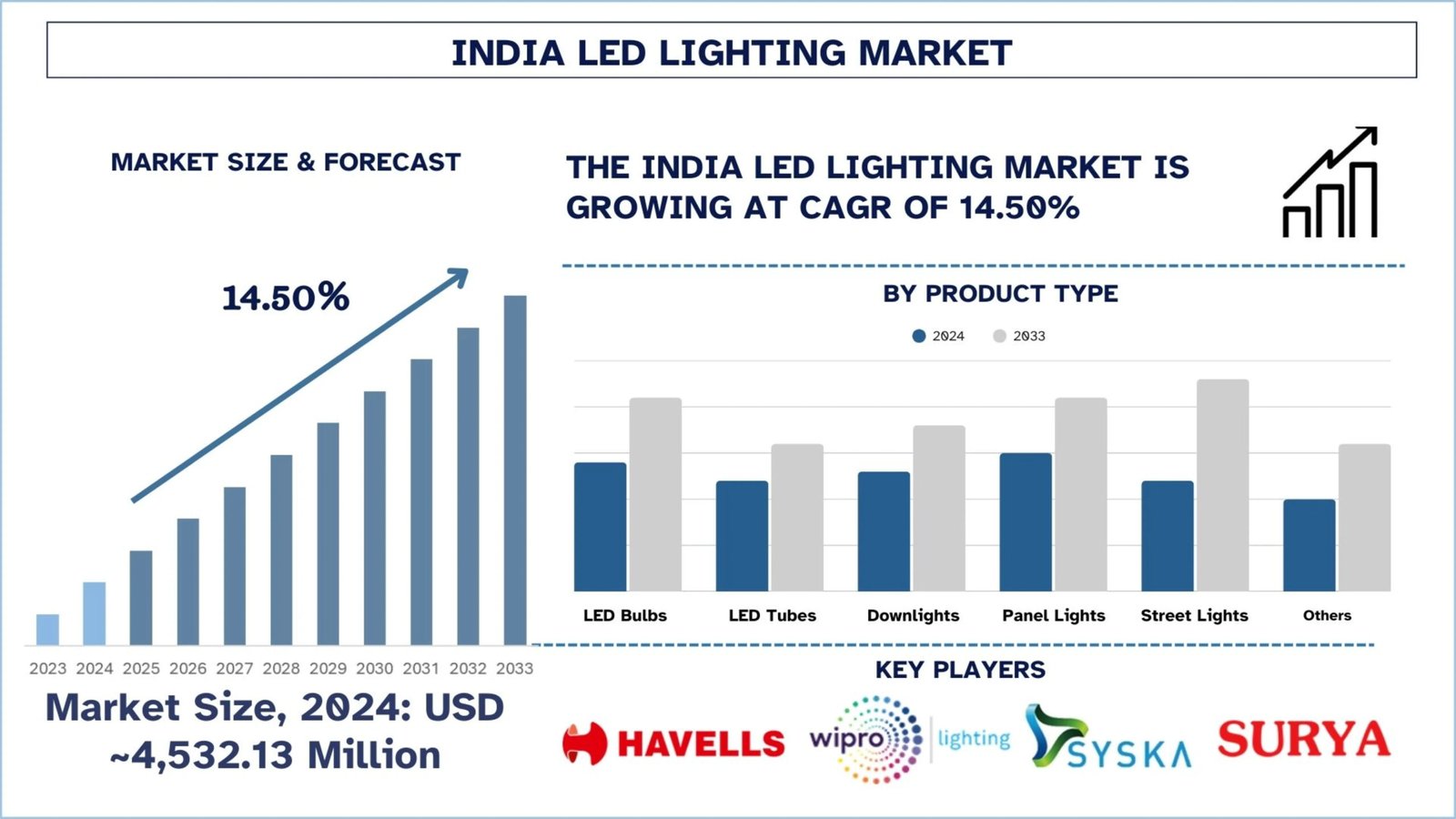

Leave a Reply